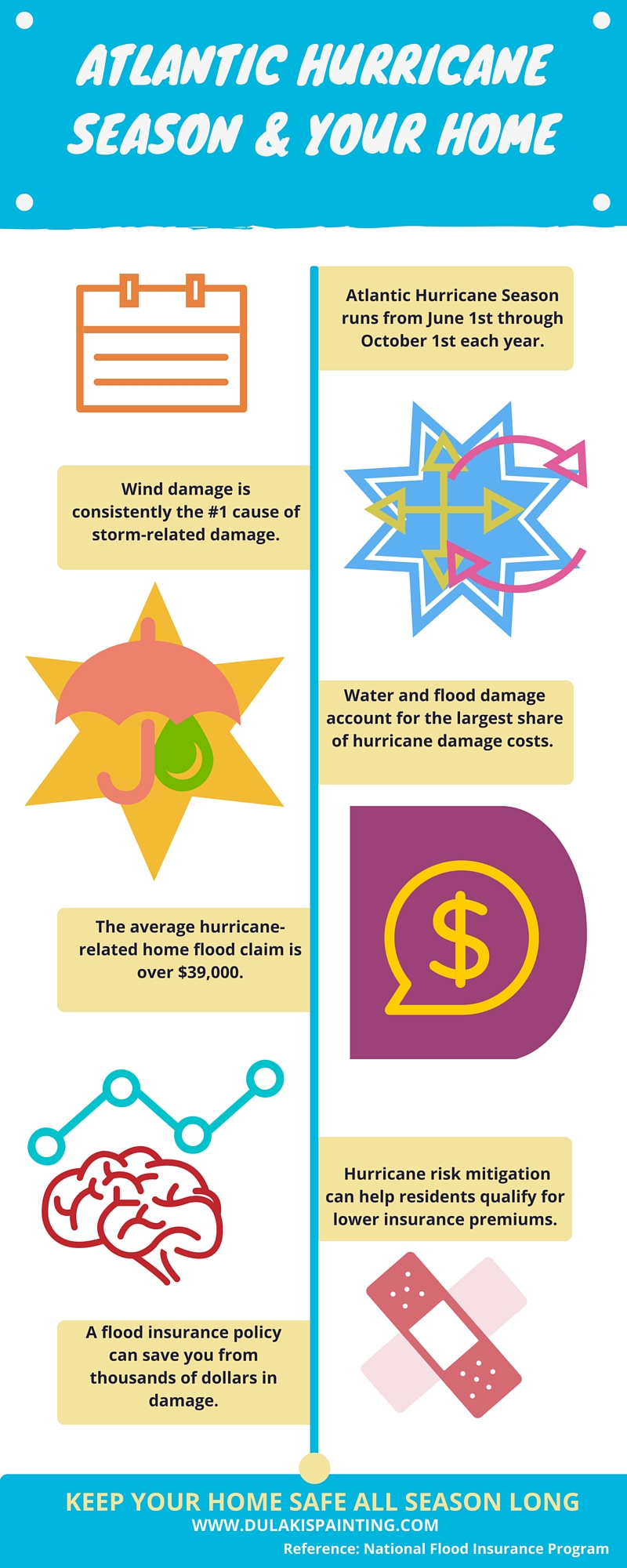Understand How Seasonal Conditions Influence The Success Of Commercial External Painting And Find Out The Perfect Durations To Ensure Resilient End Results For Your Job
Understand How Seasonal Conditions Influence The Success Of Commercial External Painting And Find Out The Perfect Durations To Ensure Resilient End Results For Your Job
Blog Article
Material By-Regan Decker
When you're intending an industrial external painting job, seasonal variables can make or damage your outcomes. You'll wish to take into consideration exactly how temperature level and humidity influence paint application and drying times. Choosing the right season can ensure your paint sticks correctly and lasts longer. Yet which seasons are really the best for this type of job? Let's check out the crucial elements that can impact your job's success.
The Impact of Temperature on Paint Application
When you're intending a business external paint job, the temperature level can substantially influence how well the paint sticks and dries.
Ideally, you wish to paint when temperature levels range in between 50 ° F and 85 ° F. If it's too cold, the paint might not treat appropriately, leading to issues like peeling off or cracking.
On the other hand, if it's as well hot, the paint can dry also rapidly, stopping correct adhesion and resulting in an unequal surface.
You need to likewise consider the moment of day; morning or late afternoon uses cooler temperature levels, which can be much more favorable.
Constantly inspect twin cities house painting for the details paint you're utilizing, as they typically supply guidance on the excellent temperature range for optimal outcomes.
Humidity and Its Result on Drying Times
Temperature level isn't the only ecological factor that affects your industrial external paint project; humidity plays a substantial function as well. High humidity degrees can decrease drying out times substantially, affecting the total quality of your paint work.
When the air is filled with dampness, the paint takes longer to treat, which can cause issues like poor attachment and a higher risk of mold growth. If you're painting on an especially humid day, be planned for extended delay times between coats.
It's crucial to check regional climate condition and plan appropriately. Preferably, go for moisture levels between 40% and 70% for optimum drying out.
Keeping these factors in mind ensures your task stays on track and supplies a long lasting finish.
Best Seasons for Commercial Exterior Paint Projects
What's the best time of year for your industrial external painting projects?
Spring and early fall are usually your best bets. Throughout commercial business painter , temperatures are light, and humidity levels are usually reduced, producing perfect conditions for paint application and drying out.
Avoid summertime's intense heat, which can create paint to dry also rapidly, leading to poor bond and surface. Likewise, winter season's cold temperatures can prevent proper drying out and treating, running the risk of the long life of your paint work.
Aim for days with temperatures in between 50 ° F and 85 ° F for optimal outcomes. Remember to check the neighborhood weather prediction for rainfall, as damp conditions can spoil your task.
Planning around these aspects ensures your paint project runs efficiently and lasts longer.
Conclusion
Finally, preparing your business outside paint tasks around seasonal factors to consider can make a significant difference in the result. By organizing read what he said during the suitable temperature levels and humidity degrees, you'll make sure better adhesion and drying times. Remember to watch on local weather report and select the correct time of year-- springtime and very early fall are your best choices. Taking these actions will help you accomplish a long lasting and professional surface that lasts.
